
When it comes to 5G technology, many friends may first think of a word-"Internet of Everything". Literally speaking, it refers to a complete 5G network that will be able to serve all walks of life in the future, and be applied to various forms of equipment from ultra-small-size IoT devices to ultra-large industrial machinery.

But in fact, for the current 5G network that has been commercialized since 2019, since it still follows the older 3GPP Rel-15 specifications, this has caused the earliest batch of 5G devices to actually only support 5G "three". The ultra-broadband connection (EMMB) in "large capacity" cannot achieve the super-large number of connections and super-low latency. For this reason, early 5G devices were basically limited to smartphones that were not expensive and did not put too much pressure on the network. And 3GPP also admitted that the reason why the immature 5G technology was introduced to the market at that time was to meet the needs of operators and consumers for "early adopters", and it could also pave the way for subsequent 5G construction and publicity.
However, with the gradual implementation of the 3GPP Rel-16 specifications today, more extensive and advanced 5G technologies such as SA independent networking, 5G millimeter wave networks, 5G low-latency industrial networks, and 5G V2X in-vehicle networks have also begun to be applied. At the same time, for consumers, the mass-produced 5G devices that can be bought are now finally no longer the only smartphone products.
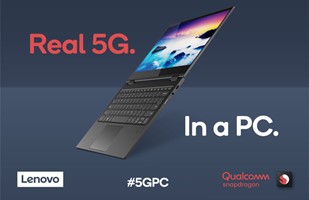
For example, just a few days ago, Intel and MediaTek launched a small-size 5G solution called "Intel 5G Solution 5000". In essence, it integrates 5G baseband chips, power amplifier circuits, etc., on a circuit board the size of M2 SSD, so that notebook manufacturers no longer need to separately plan related circuits on the motherboard when they produce products. Once the module is inserted, it is equivalent to an assembled 5G module.
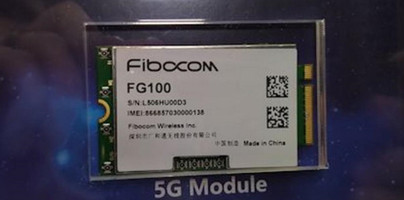
What's interesting is that Intel is not the only manufacturer that came up with this approach. Because as early as a week before Intel’s conference, Qualcomm also exhibited a number of M2 5G modules for notebook computers based on the Snapdragon X62 and Snapdragon X65 basebands at the 5G Technology and Cooperation Summit. Only different from Intel is that Qualcomm’s 5G module uses a licensing model, that is, it does not produce itself, but is designed, improved, and manufactured by other downstream manufacturers. Therefore, the "movement" of product release is naturally not ended by Intel. Come so big.
But in any case, Intel (and MediaTek) and Qualcomm "coincidentally" work together to use the M2 interface 5G module for notebook computers. In fact, it also implies one thing, that is, the "5G notebook" with built-in 5G network connectivity. It will soon appear in large numbers.
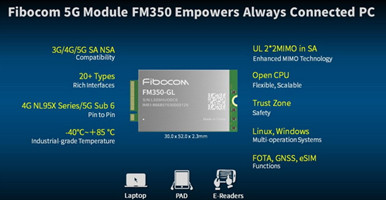
Then some friends who like to "toss" may already be thinking about one thing at this time. If you buy this type of 5G module with M2 interface, can it be directly installed in a desktop or laptop computer to add 5G network connectivity to the computer?
In theory, it is not completely impossible, but in practice, installing a 5G M2 module for a computer requires at least three difficulties.
The first one is actually the M2 interface that seems to be compatible, but in fact it may not work properly. Yes, everyone knows that whether it is a desktop or a notebook computer, there are often multiple M2 ports built in, and at first glance, the shapes of these ports are the same. But in fact, the M2 interface has many different definitions. For example, for most computers, their M2 interface can only be used to install M2 SSD hard drives, and is not compatible with other devices that use M2 interfaces. This means that even if you install the M2 5G module in such a computer, it may not be recognized in the system or BIOS, let alone install the driver or work normally.
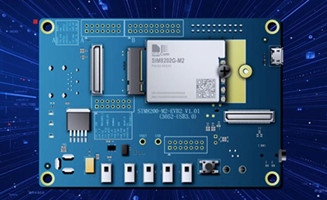
However, there is an exception here, that is, in some high-end business laptops or game laptops, manufacturers will specifically design an M2 interface for installing 4G LTE modules (business laptops) or screen capture card modules (game laptops). The M2 interface designed for these modules can theoretically be compatible with M2 5G module equipment.
However, just installing it and being able to recognize it normally and being able to install the driver does not mean that the 5G module can work smoothly. Because we mentioned in the previous article, although this type of M2 5G module is indeed developed for the convenience of computer manufacturers to design and manufacture, it actually only integrates the baseband module and antenna power amplifier chip inside the module, not including 5G. Antenna and SIM card holder.
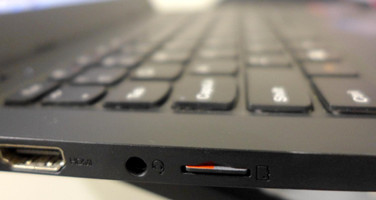
Of course, friends who have tossed a WiFi network card on a laptop know that it is not too difficult to install a 5G antenna as long as there is a universal treasure and a self-acting hand. But the SIM card holder is different. If you have seen those laptops with built-in 4G network support, you know that the SIM card holder needs to be specifically designed on the motherboard, and it also needs to be molded on the shell. In other words, if the laptop does not have an onboard SIM card holder, it is almost impossible to manually install it.
The interface may be incompatible, the antenna and the SIM card holder need to be installed by themselves (may even need to be welded by the self-propelled wire). I believe that these two major difficulties alone are enough to "persuade" most of the friends who want to try the M2 5G module. . But in addition, there is probably another factor that restricts the M2 5G module from being installed on its own, and that is the CPU model.
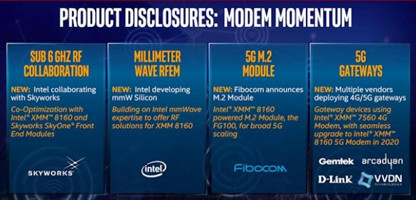
If you often pay attention to computer CPU news, you may know that at the end of this year, Intel will release the 12-generation Core Alder Lake processor family with a new process and a new "small and small core" architecture. Among the currently known new features of Alder Lake technology, there is a "significant improvement in network/5G performance" that also caught our attention.
What is meant by "significant improvement in network and 5G performance"? Thinking more simply, Intel may launch a more comprehensive and more powerful WiFi network card and M2 5G module when the 12th generation Core Duo, their network speed will be faster, and may also achieve support for millimeter wave networks (currently The Intel 5G Solution 5000 module does not support millimeter wave 5G).
For notebooks equipped with CNVi WiFi module, their network card and CPU are paired and cannot be replaced
But if we refer to Intel's current design ideas on WiFi modules, the connotation of the phrase "improving 5G performance" may not be so simple. Because it may mean that Intel will implement a design similar to the current Intel WiFi6 network cards on the 12th generation Core, that is, some 5G functions are directly integrated into the CPU, and the 5G module must be paired with a specific model of CPU to work properly.
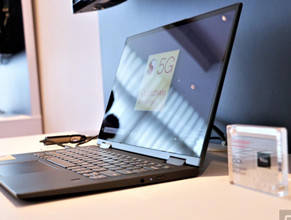
Of course, in this way, the 5G performance of the entire computer can of course be improved, but it will also mean that users will no longer be able to replace or install 5G modules by themselves. In other words, if you want your laptop to have the full-time networking function under the 5G network, you must directly buy the "5G notebook", which is obviously beneficial to both chip manufacturers and computer manufacturers. A way to maximize.


